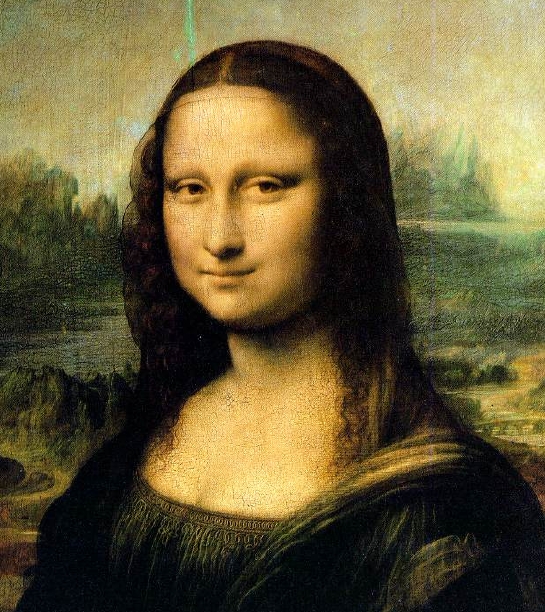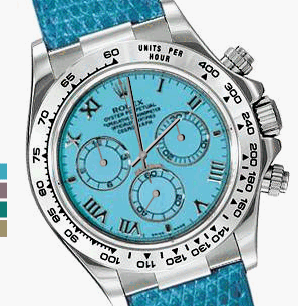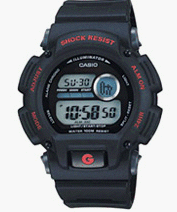Chapter 3, Data Representation
Goals
After finishing this chapter you should be able to
- distinguish between digital and analog information
- explain data compression and calculate compression ratios
- explain binary formats for negative and floating-point numbers
- describe the characteristics of the ASCII and Unicode character sets
- perform various types of text compression
- explain the nature of sound and its representation
- explain how RGB values define a color
- distinguish between raster and vector graphics
- explain temporal and spatial video compression
Data and Computers
- Computers, without data, are useless
- We need efficient ways to represent and organize this data
- Types of data
- Numbers, letters (text)
- Sound (audio)
- Images, still and moving (graphics, video)
- MULTIMEDIA - several different media types
- Probably referring to text, sound and graphics
- Possibly CD rom (or DVD)
- Data Compression - Reducing the amount of space needed to store a piece of data
- Save disk space
- Not a problem with text files, but audio and video becomes a problem
- Personal MP3 Players.
- Download data
- Sizes 64K to 40 GB
- Size of device plus compression determine how much music you
can store.
- Compression Ratio - size after compression divided by size before compression
- If a file was originally 200K and compressed to 100K the compression ratio is 100/200 = .5
- If a file was originally 200K and compressed to 40K the compression ration is 40/200 = 2/10 = .2
- If a compression technique preserves all of the information, the the compression technique is called lossless, or if data is lost it is
known as lossy
- Lossless compression is preferred.
- But sometimes, we can save quite a bit of space using a lossy compression technique
- but only when the loss of data doesn't hurt.
- The following images are from the WebMuseum, Paris
- Some different quality
-

-

-

-

-

-

| Image | Size | Compression Ratio |
|---|
| Original | 346K | |
| 95 | 190K | .55 |
| 75 | 85K | .25 |
| 50 | 50K | .14 |
| 25 | 26K | .075 |
| 10 | 12K | .035 |
- You have a tradeoff of space (or quality) for size
- In every part of data storage/transmission
- Analog vs Digital
- Stored as a position - analog
- Stored as a number digital
- Continuous vs Discrete
-
 From www.rolex.com
From www.rolex.com
-
 From www.kmart.com
From www.kmart.com
- Whis is better?
- Digitize convert into digital data.
- Why Binary?
- Easier to detect on/off
- Electronic signal stabalization
- Bits requried for representation
- 1 bit, 0 or 1 two things (21)
- two bits (00, 01, 10, 11) four things, (22)
- three bits (000, 001, 010, 011, 100, 101, 110, 111) eight things, (23)
- On the other hand, how many bits do we need to represent n things?
- 5? (more than 4 less than 8) 3 bits
- 12? (more than 8 less than 16) 4 bits
- ceiling - integer greater than or equal to
- ceil(4) = 4
- ceil(4.2) = 5
- ceil(4.99) = 5
- lg is the log base two of a number
- if a = 2x then lg(a ) = x
- lg(8) = 3
- lg(16) = 4
- lg(10 ) = 3.32.
- You need ceil(lg(n)) bits to represent n things.
- Easy/Hard method, find next larger power of two
- Hard/Easy method ceil(lg(n))
- Why do we care?






 From www.rolex.com
From www.rolex.com
 From www.kmart.com
From www.kmart.com